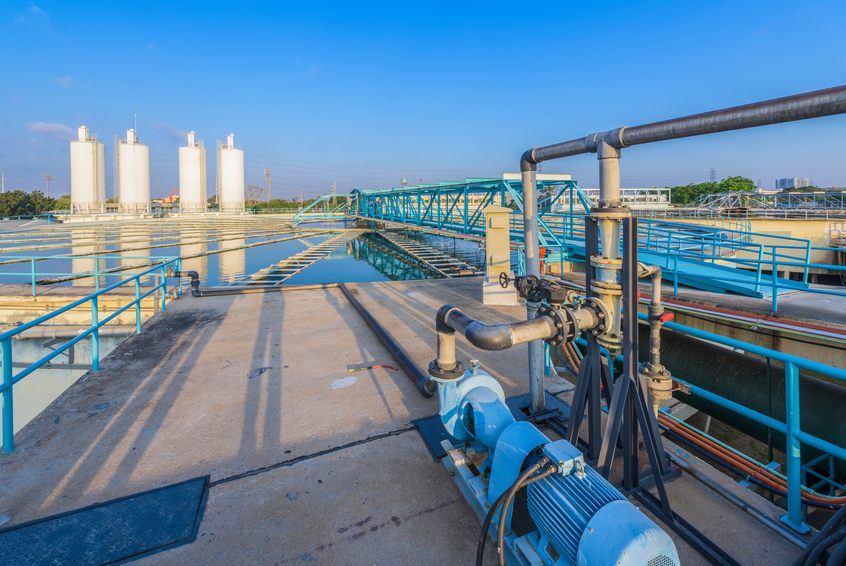Pneumatic Conveying Systems

This online engineering PDH course presents an overview of pneumatic material handling system and summarizes the main hardware and technology attributes for efficient conveying.
From pebble lime to peanuts, from coal to baby powder - and everything in between - pneumatic conveying has long been a popular choice for moving bulk materials, either from storage facilities to a process unit, or between process units. Two most distinct categories of pneumatic conveying can be described as either dilute-phase or dense-phase systems. These have been developed over the past few decades to take advantage of the different behavioral properties of bulk materials and also to meet the increasingly demanding requirements of industry in the areas of system reliability, product quality control and energy efficiency. In particular, dense phase operation (with its relatively low velocities) is usually preferable if the conveyed material degrades easily or is highly abrasive. Selecting the correct pneumatic conveying regime for your requirements is a vital decision for a successfully designed system.
This 5 PDH online course is applicable to process/production personnel, mechanical and chemical engineers, and operation and maintenance engineers in the following industries who are involved in the following industries: chemical, petrochemical, agro-chemical, and specialty chemical, biotechnology, pharmaceuticals and cosmetics, food processing, mining/mineral processing, plastics processing, bulk storage, pulp and paper.
This PE continuing education course is intended to provide you with the following specific knowledge and skills:
- Understand the advantages of pneumatic conveying systems over mechanical conveying
- Understand the characteristics, limitations and fundamental design differences of dilute phase, dense phase and air activated gravity conveying
- Understand the design approach and typical specifications of positive pressure, vacuum and combination pull-push dilute phase conveying systems
- Understand the factors influencing the performance of pneumatic conveying systems and learn how conveying rates are affected by distances
- Understand the terms "saltation" and "choking" as applicable to pneumatic systems.
- Learn by example - the methodology for selection of prime mover for a dilute phase pneumatic conveying systems
- Gain understanding of pneumatic conveying system components such as fans, airlocks, separators, piping and filters
- Understand the three key reasons to use dense phase systems
- Understand the different modes of dense phase conveying
- Learn top ten tips for the design of dilute and dense phase conveying systems
- Learn how to estimate pressure drop in dilute phase conveying system
In this professional engineering CEU course, you need to review the course document titled "Pneumatic Conveying Systems".
Upon successful completion of the quiz, print your Certificate of Completion instantly. (Note: if you are paying by check or money order, you will be able to print it after we receive your payment.) For your convenience, we will also email it to you. Please note that you can log in to your account at any time to access and print your Certificate of Completion.